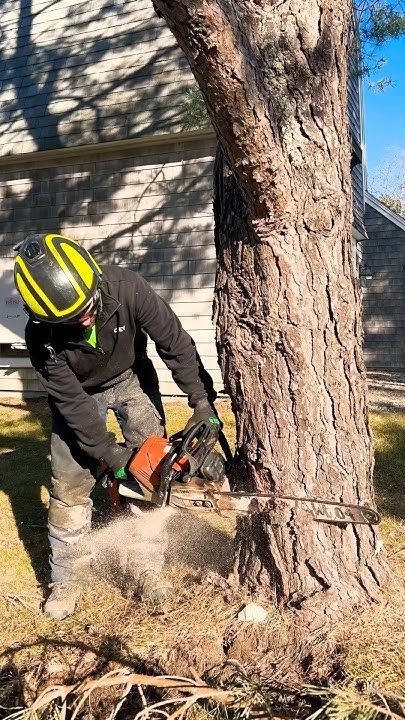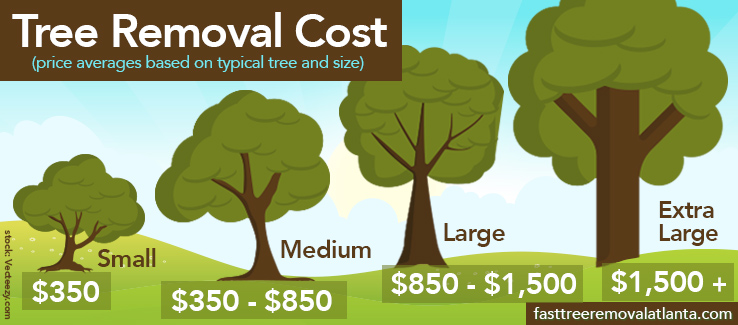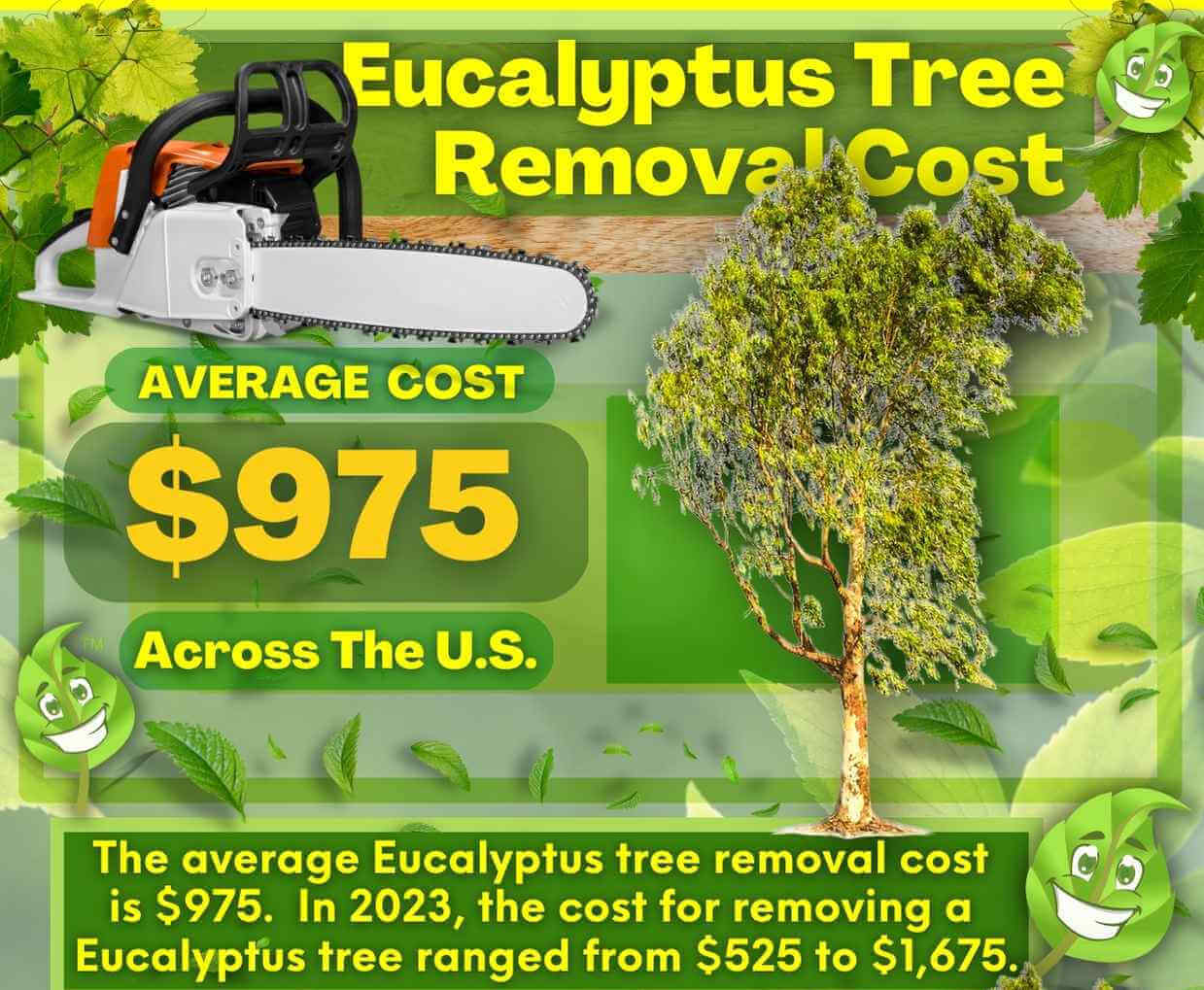Featured
Table of Contents
- – Whitewater, WI Tree Trimming: True Pricing
- – Whitewater, WI Tree Removal: Real Testimonials
- – Factors Affecting Tree Clearing Costs In Whit...
- – Whitewater, WI Arborist: Cost Vs. Value
- – Timeline For A Stump Removal Installation In ...
- – Whitewater, WI Tree Clearing Fees: What To Know
- – Whitewater, WI Tree Removal Cost Guide
- – Verified Tree Clearing Reviews In Whitewater...
- – Whitewater, WI Tree Cutting Cost Ranges
- – Reasonable Tree Service Costs In Whitewater,...
- – Whitewater, WI Tree Trimming What Affects Cost
- – Whitewater, WI Stump Removal Transportation ...
- – Whitewater, WI Stump Grinding Common Questions
- – Additional Tree Clearing Warranty Costs In W...
- – Whitewater, WI Stump Grinding Price Calculator

The subsections below provide more detailed details about pricing, including an average range for each. TypeAverage Removal CostPineConiferPalmMagnoliaArborvitaeAshCedarSweet GumEucalyptusSycamoreCypressOakMaplePoplar You can anticipate to pay between to remove a pine, depending upon its size. Eliminating a pine is one of the more economical jobs unless it is one that has actually been around for years and is quite large.
Whitewater, WI Tree Trimming: True Pricing
Pines likewise have a tap root that grows deep into the soil, which can show to be more hard to eliminate. The procedure itself includes a professional cutting the tree, clearing the base, cutting the surface roots, removing the stump, and finally dealing with the soil. Without an expert hand, you run the risk of leaving pine seedlings behind, which will fall from the roots of distressed pines.
Whitewater, WI Tree Removal: Real Testimonials
The U.S. nationwide average for conifer removal is around to have the conifer lowered, hauled away, and the stump ground or removed completely. Conifers are typically much easier to get rid of, and even though they can grow quite tall, they do not cost a fortune to get rid of. Conifers include pine, spruce, fir, and juniper trees.
Factors Affecting Tree Clearing Costs In Whitewater, WI
While conifers are lovely, they eliminate native plants and specific types of grass (stump grinding). The average rate of palm removal depends on the height as much as the type, varying from.
Whitewater, WI Arborist: Cost Vs. Value
That is why it is necessary to know which type you are removing. While you do not need an herbicide to eliminate a palm tree, there are some steps your elimination professional will have to require to make sure the job is done properly. There are two ways they can eliminate them: by slicing them down or digging them up.
Timeline For A Stump Removal Installation In Whitewater, WI
From there, they remove the real tree and then the stump. Anticipate to pay between to eliminate this type of tree, depending on the precise size and information of the task.
Whitewater, WI Tree Clearing Fees: What To Know
There are three types: green, white, and black ash. White ash is known for its numerous colors. With its gray-tinged bark, its leaves are green or purple in the spring and golden yellow or purplish-red in the fall. They enjoy moderate climates and lots of sun. The green ash is called such due to its green or yellow foliage.
Whitewater, WI Tree Removal Cost Guide

The bark is softer, and it flowers later in the year - tree cutting. Due to the variation in height, the elimination rate difference is broad from. A coniferous, evergreen tree, the cedar is a sturdy types. True cedars enjoy higher altitudes, generally in the Himalayas and the Mediterranean. A true cedar can grow as high as 160 feet in height and is often planted in the United States as a landscape alternative.
Verified Tree Clearing Reviews In Whitewater, WI
The development of false cedars differs from 50 feet up to 230 feet high. With star-shaped leaves and spectacular fall colors, the sweet gum is considered a medium to big tree.
Whitewater, WI Tree Cutting Cost Ranges
It has a huge root base of 40 to 50 feet, which affects the removal cost. Normally, it costs in between to remove a eucalyptus. Eucalyptus are not typical all over, but they are quite large compared to others, which is why even the smaller sized ones are so expensive to remove. Originally from Australia, eucalyptus are intrusive plants that grow in thick groves that get native plants.
Reasonable Tree Service Costs In Whitewater, WI
There are a handful of ways to do this, consisting of burning, pulling, grinding, or eliminating them with herbicide. Expect to pay between to eliminate sycamores, based on the height, trunk size, and amount of work involved. Sycamores are one of the largest wood trees, normally ranging from 60 to 100 feet high and as broad as 15 feet.
Whitewater, WI Tree Trimming What Affects Cost
The very first 2 steps will expose the insides of the tree and cut off the circulation of nutrients up the trunk. From there, an expert uses herbicide to eliminate the tree and cuts down the trunk.
Whitewater, WI Stump Removal Transportation Costs
There are several kinds of Cypress trees, but the most widespread are the Leyland, Arizona, Bald, and Italian. The Bald Cypress grows in swampy or very moist areas while the others enjoy a dry, warm, or hot environment (stump grinding). They can grow as tall as 80 to 100 feet high
Whitewater, WI Stump Grinding Common Questions

Prone to illness, the Cypress is one of the most prized woods for furniture. The typical oak grows to around 60 feet, and depending on the complexity of the removal, it costs an average of to remove. The specific size of your oak and the effort required to fell it affect what you will actually spend for removal together with any extra services like stump grinding.
Additional Tree Clearing Warranty Costs In Whitewater, WI
Access to the trees and the roots will also impact the overall expense. Maples can easily mature to 100 feet or more and typically expense between to eliminate from your residential or commercial property. The final cost depends on the actual height and complexity of the job. Maples are typically amongst the more costly trees to eliminate since of their size and the work involved in the elimination.
Whitewater, WI Stump Grinding Price Calculator
Poplars are giants of the species. Growing as high as 90 to 115 feet, these massive lumbers are generally found in North America and include the aspen, cottonwood, and balsam trees. Boasting an extensive root system, poplars can be costly to get rid of when completely grown. The procedure to eliminate trees includes all the trimming and cutting of the branches and trunk, bringing it down to a stump.
Table of Contents
- – Whitewater, WI Tree Trimming: True Pricing
- – Whitewater, WI Tree Removal: Real Testimonials
- – Factors Affecting Tree Clearing Costs In Whit...
- – Whitewater, WI Arborist: Cost Vs. Value
- – Timeline For A Stump Removal Installation In ...
- – Whitewater, WI Tree Clearing Fees: What To Know
- – Whitewater, WI Tree Removal Cost Guide
- – Verified Tree Clearing Reviews In Whitewater...
- – Whitewater, WI Tree Cutting Cost Ranges
- – Reasonable Tree Service Costs In Whitewater,...
- – Whitewater, WI Tree Trimming What Affects Cost
- – Whitewater, WI Stump Removal Transportation ...
- – Whitewater, WI Stump Grinding Common Questions
- – Additional Tree Clearing Warranty Costs In W...
- – Whitewater, WI Stump Grinding Price Calculator
Latest Posts
Yauco, PR Tree Clearing Pricing Tiers
South Lake Tahoe, CA Tree Cutting Quote For Homeowners
Batesville, AR Stump Grinding Customer Reviews
More
Latest Posts
Yauco, PR Tree Clearing Pricing Tiers
South Lake Tahoe, CA Tree Cutting Quote For Homeowners
Batesville, AR Stump Grinding Customer Reviews